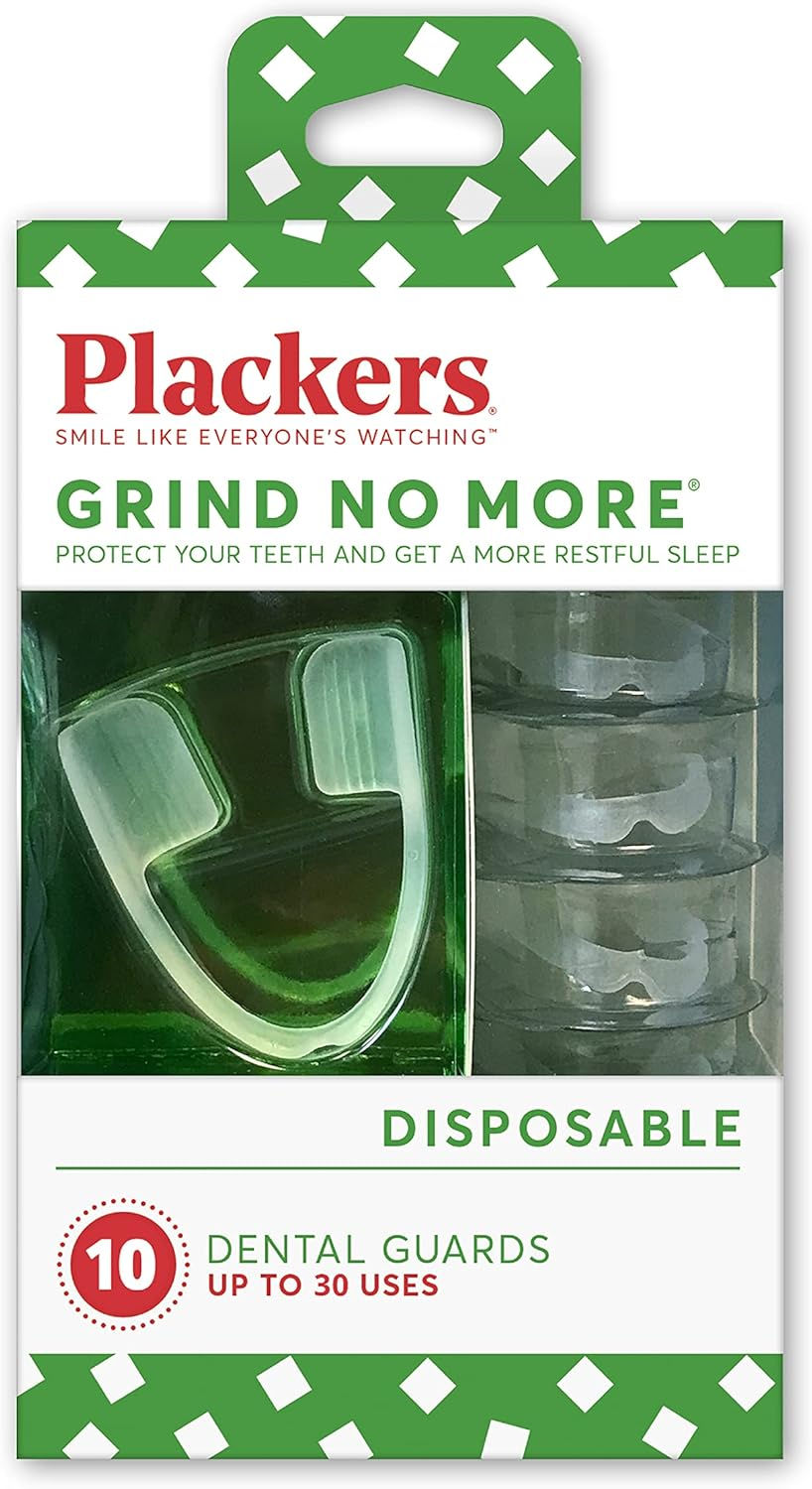Understanding Bruxism: The Hidden Threat to Your Oral and Overall Health
- Dr. Elbert Chao
- Oct 21
- 3 min read

Bruxism, commonly known as teeth grinding or clenching, is a widespread issue that can silently wreak havoc on your teeth, jaw, and even your nervous system. Affecting millions worldwide, it often goes unnoticed until symptoms like jaw pain, headaches, or worn-down teeth become apparent. While many view it as just a bad habit, bruxism is frequently a sign of deeper imbalances, such as cranial stress or dural tension. At Leap Chiropractic in Tustin, Dr. Elbert Chao helps patients uncover and address these root causes through specialized techniques, offering lasting relief beyond temporary fixes.
What is Bruxism?
Bruxism involves the involuntary clenching, grinding, or gnashing of teeth, often without awareness. It can occur during the day or night and leads to enamel wear, tooth sensitivity, fractures, and TMJ disorders if untreated. Protecting your teeth from this force is essential, as repeated episodes can accelerate dental damage and contribute to broader health issues like chronic pain or disrupted sleep.
Types of Bruxism: Timing and Etiology
Bruxism isn't one-size-fits-all; it varies based on when it occurs and its underlying causes. Understanding these differences helps tailor effective treatments.
By Timing: Awake vs. Sleep Bruxism
Awake Bruxism: This daytime form typically involves clenching the jaw rather than grinding, often triggered by stress, anxiety, or concentration. People might notice it during work or emotional moments, and it's more about muscle tension than tooth movement. While less likely to cause severe wear, it can still lead to jaw fatigue, headaches, and TMJ strain.
Sleep Bruxism: Occurring during sleep, this nocturnal type is more aggressive, featuring rhythmic grinding or clenching that can be loud enough to wake others. It's harder to control since it happens unconsciously and is linked to sleep disorders like apnea. This form often results in significant dental damage, including flattened teeth and increased risk of fractures.
By Etiology: Primary vs. Secondary Bruxism
Primary Bruxism: Also called idiopathic, this type has no clear external cause and is thought to stem from genetic factors or central nervous system irregularities. It's often habitual and can persist without obvious triggers.
Secondary Bruxism: This is associated with underlying conditions, such as neurological disorders (e.g., Parkinson's), medications (e.g., antidepressants), substance use (e.g., caffeine or tobacco), or other health issues like acid reflux or sleep apnea. Addressing the root condition is key to managing it.
Recognizing your type of bruxism—through symptoms or professional evaluation—guides whether lifestyle changes, dental interventions, or chiropractic care are most appropriate.
The Root Causes: Cranial Stress and Dural Tension
Beyond stress or habits, a key driver of bruxism is cranial stress and dural tension. The dura mater, the membrane protecting the brain and spinal cord, can become strained from misalignments, trauma, or poor posture, hindering the circulation of cerebrospinal fluid (CSF). In response, the body may use jaw clenching or grinding as a natural mechanism to manually stimulate CSF flow, easing pressure but at the cost of dental and muscular health. This compensatory action creates a cycle of tension that chiropractic care can interrupt.
How Chiropractic Care Addresses Bruxism
Specialized techniques like the Sacro-Occipital Technique (SOT) and Cranial chiropractic excel at restoring balance. These approaches realign the cranium, spine, and sacrum to release dural tension, improve CSF circulation, and reduce the body's need for bruxism as a "fix." Patients at Leap Chiropractic often experience decreased grinding, less jaw pain, and better overall relaxation, with many reporting fewer headaches and improved sleep quality.
The Role of Dental Guards in Managing Bruxism
While addressing root causes, dental guards provide immediate protection. These devices create a small gap between teeth, allowing the jaw and TMJ to relax into a natural position and absorb clenching forces. They prevent enamel erosion and monitor progress—wear patterns on the guard reveal clenching severity and dural stress levels. As a cost-effective temporary solution, guards bridge the gap until a dentist or orthodontist can correct bite or occlusion issues. Dentist can also create Dental Guards for bruxism but Dr. Elbert will explain to you the difference and benefits when using dental guards in conjunction with care.
Dr. Elbert Chao recommends the Plackers Grind No More dental guard, which he's tested personally for its comfort and effectiveness. It pairs seamlessly with his treatments at Leap Chiropractic in Tustin.
Link to Plackers Grind No More
*As an Amazon Associate, I earn from qualifying purchases.
Final Thoughts
If bruxism is impacting your life, don't wait for damage to worsen. Book an appointment with Dr. Elbert Chao at Leap Chiropractic today and start a personalized path to relief.
Dr. Elbert Chao D.C.
Leap Chiropractic




Comments